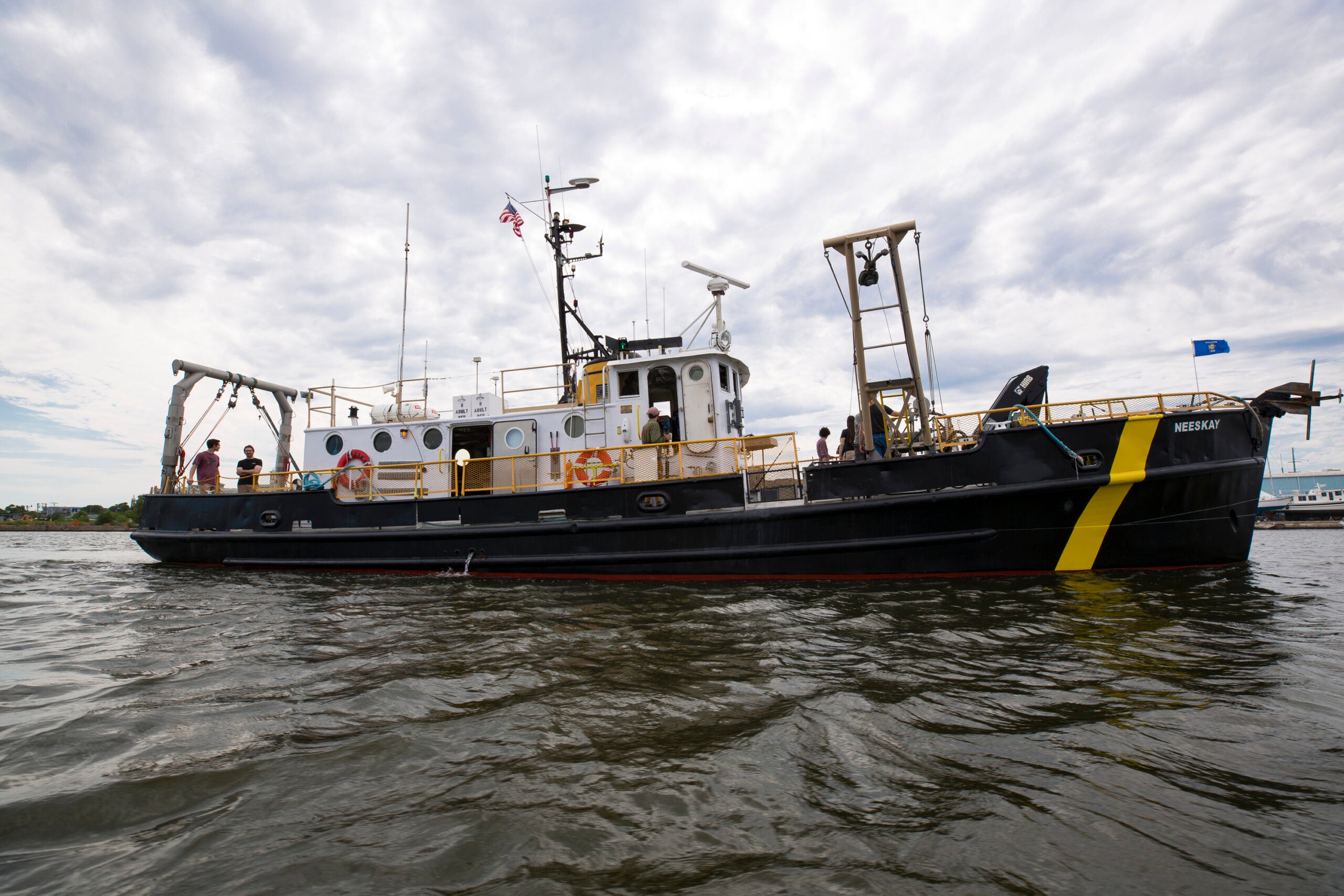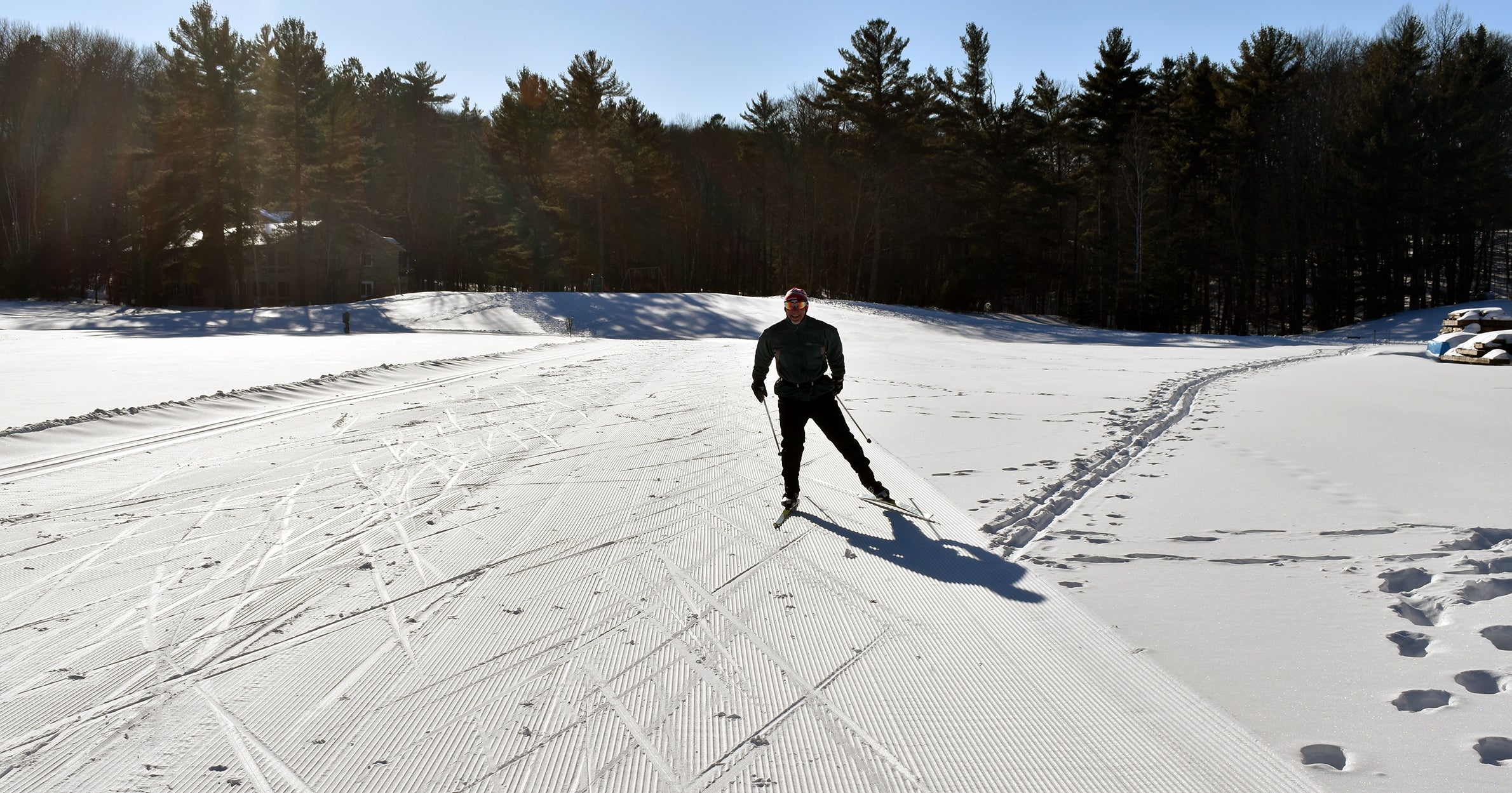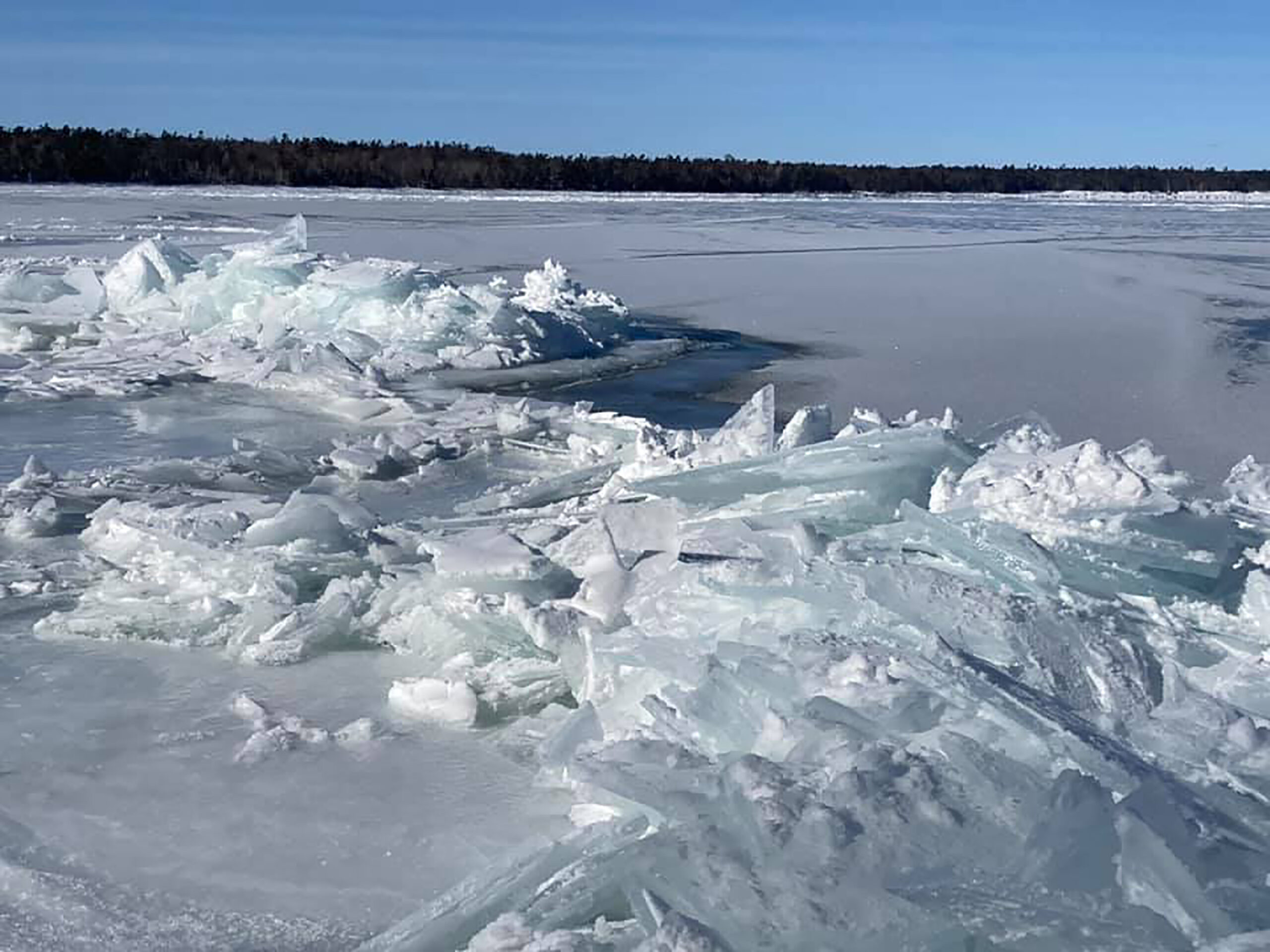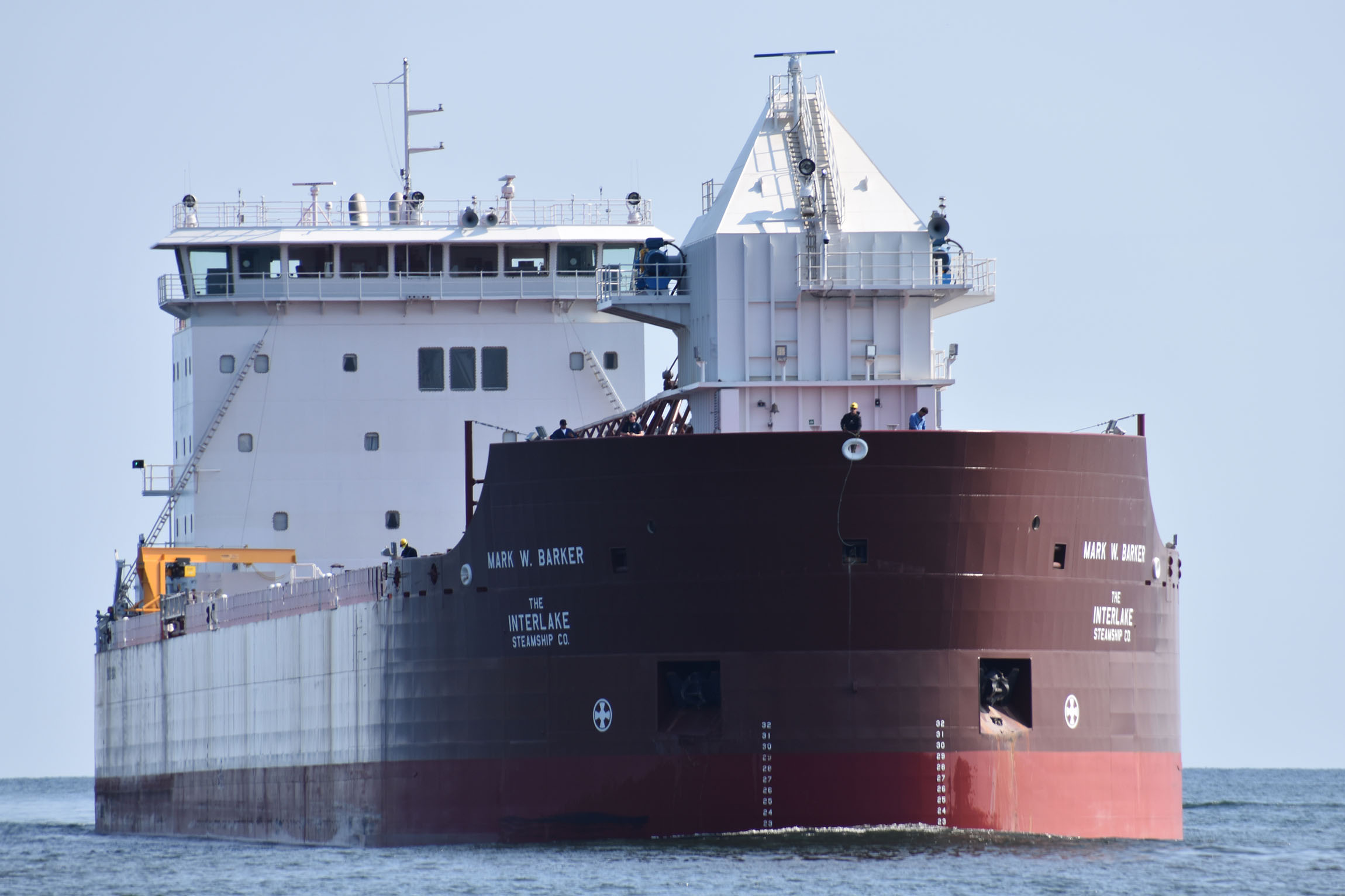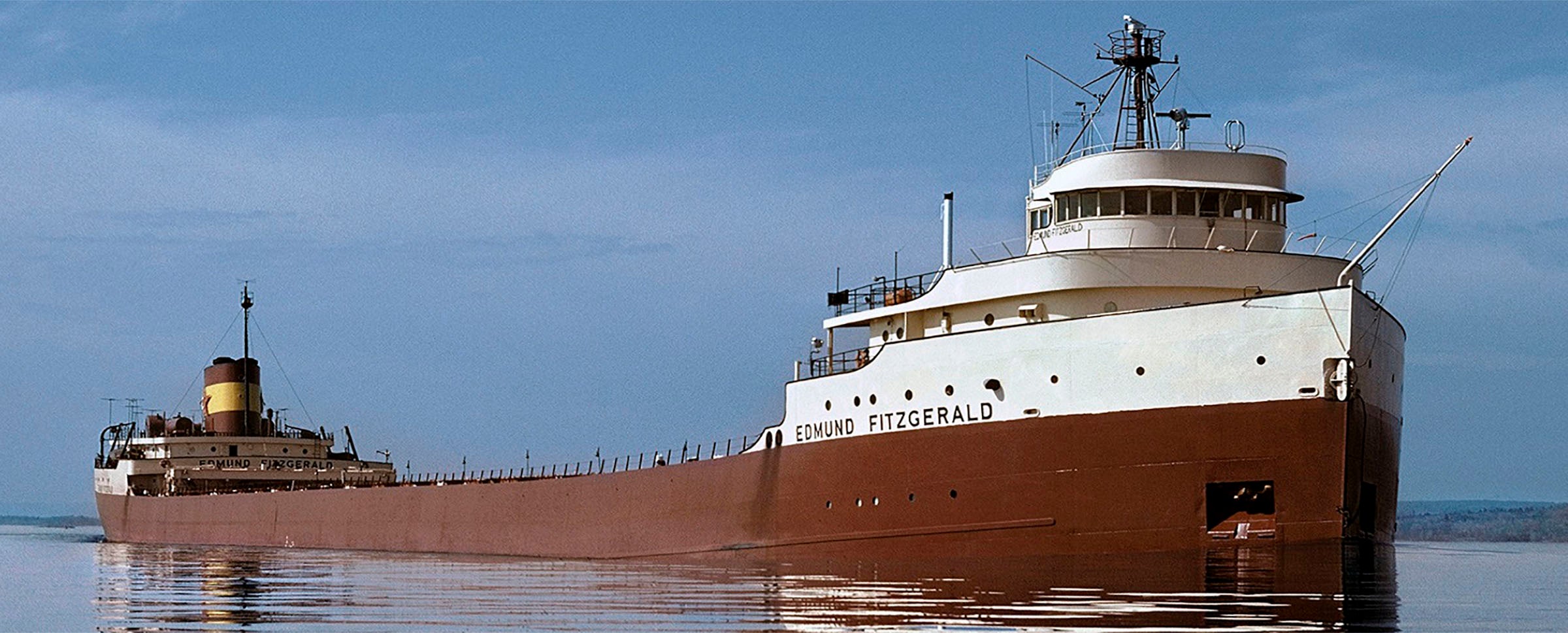When winter descends on the Great Lakes, most boats retreat to the harbor to wait out the icy weather. But one research vessel based in Milwaukee will keep on sailing and helping scientists in the state gather valuable data.
The Neeskay got its start more than 70 years ago as a supply vessel in the Korean War. Today, it travels Lake Michigan on various research projects for UW-Milwaukee’s School of Freshwater Sciences and other agencies.
The ship’s captain, Maxwell Morgan, told WPR’s “Wisconsin Today” that the main challenge of operating through the winter is how isolated you get out on the lakes, in addition to the ice, high waves and strong winds.
News with a little more humanity
WPR’s “Wisconsin Today” newsletter keeps you connected to the state you love without feeling overwhelmed. No paywall. No agenda. No corporate filter.
“When we’re going out to the mid-lake reef, which is 30-35 miles offshore, we’re the only boat out there,” he said. “The Coast Guard is miles and miles away. You really have to be careful. You really have to be ready at a moment’s notice and jump on those good days when they come around.”
The Neeskay is in the midst of wrapping up a buoy maintenance project for the Great Lakes Observing System, or GLOSS. The buoys monitor weather conditions constantly, which scientists can then use to observe the impacts of climate change on the region.
Morgan talked with host Kate Archer Kent about currentresearch projects, life on the Neeskay and the future of Great Lakes science.
The following was edited for brevity and clarity.
Kate Archer Kent: We are reaching you on the Neesaky. You’re on a hydroacoustic testing project from what I understand. Can you tell us what you see around you on the ship?
Max Morgan: Right now, we are sitting on the anchor, or “on the hook,” as we like to call it, in the south section of the outer harbor in Milwaukee. I can see the Milwaukee skyline and all the happenings in the city. It’s nice to be out here and just watch the hustle and bustle on land.
We’re out with a company called OceanComm, and they do hydroacoustic testing. They are looking to develop technology that can send signals through the water without using a cord. At the moment, remote-operated vehicles and anything that communicates from the ship to the water require a tether to send information. This is more like WiFi but through the water. It’s very cool.
KAK: The ship’s first job was as an Army T boat in the Korean War. Why keep using the Neeskay as a research vessel over 50 years later?
MM: The Neeskay has been very well taken care of and it’s had a lot of updates. It’s a stout, sturdy vessel. But it’s also pretty small, so it’s good on fuel economy and it can go in near shore, which was its purpose in the first place. It’s very diverse in the things that it can do.
We could use a little bit more classroom and laboratory space on board, so we’re looking at updating our research vessel fleet. But it has everything you could need in a laboratory. We’re getting a brand new sonar this year, which is going to be really great for underwater mapping and fish finding.
KAK: Can you talk a little bit about the different types of projects that may occur on the ship?
MM: I like to say that the Neeskay is a vessel of opportunity, like a jack-of-all-trades. We do a little bit of everything. We are a research vessel for the UW-Milwaukee School of Freshwater Sciences, so one of our main missions is to support the school. That includes supporting the professors there, their research projects and any types of experimentation they’d like to do with their grad students or anything they’d like to look at in the Great Lakes. It’s a way for them to get their feet wet, per say, and to get some hands-on experience.
KAK: One of the Neeskay’s projects is deploying buoys to measure weather patterns. How challenging are buoy deployments in the Great Lakes?
MM: They can be very challenging for a lot of reasons. Weather basically rules all on the lakes. You’re dealing with very heavy equipment and a very complicated mooring setup. It’s very delicate, it’s very expensive and it’s very heavy. And then you have to go try and set that in a very exact spot in potentially very deep waters. It comes down to good planning, really good weather and a little bit of luck.
KAK: You’re working with different groups that are placing buoys on the Great Lakes. What data do researchers hope to get from maintaining these buoys?
MM: The great thing about our buoys is there are multiple functions for them. One of the functions is long-term weather monitoring. So, we can monitor climate change as it goes over a long period of time and we can see what’s happening and we can compare it to older data.
The other great thing about these buoys is the data is there for everybody. You can go on the website and access it from your phone. Any recreational or commercial mariner can click on there and see exactly what the water temperature is through the water column and down to the bottom of the lake. You can see the direction of the wind, too. All that stuff is very important to fishermen and to boaters.
Wisconsin Public Radio, © Copyright 2025, Board of Regents of the University of Wisconsin System and Wisconsin Educational Communications Board.

